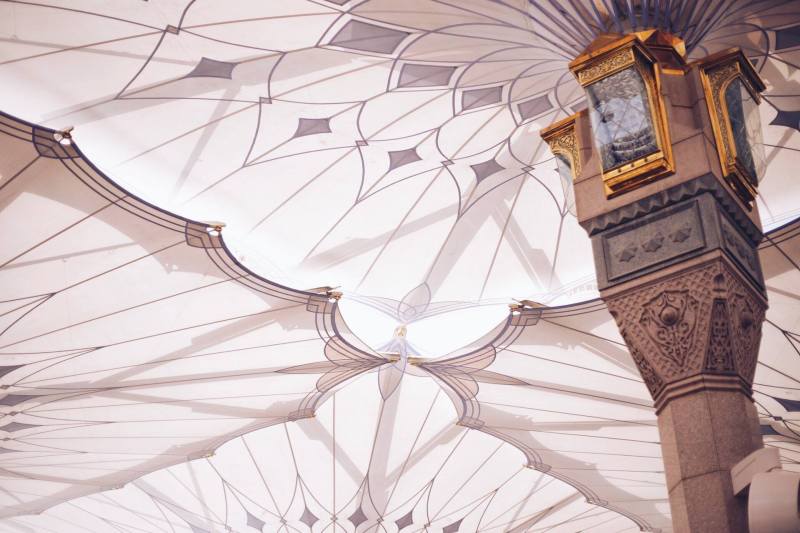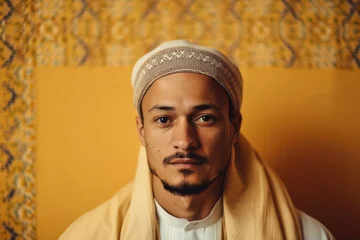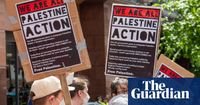Exploring the Mosque’s Multifaceted Role
From its early days, the Prophet’s mosque in Madinah served as much more than a place for prayer. It was a vibrant center for community growth, acting as a hub for spiritual, educational, and socio-political activities. It hosted religious ceremonies, offered learning opportunities, functioned as the administrative seat of the Prophet’s government, and even provided welfare and charitable services. In addition, it doubled as a detention and rehabilitation center, occasionally offered medical care, and even provided a venue for certain leisure activities.

One of the more intriguing aspects of the mosque was its role in holding and rehabilitating captives. Both men and women were sometimes detained within its confines. For instance, female captives were housed in a secluded area near one of the mosque’s entrances. In one notable case, a man named Thumama Ibn Uthal from the Bani Hanifah clan of Najd was once restrained by one of the mosque pillars. However, the Prophet later instructed his followers to free him. After his release, Thumama refreshed himself in a nearby garden, entered the mosque, and declared his faith by embracing Islam.
Why House a Detention Center Inside the Mosque?
The decision to establish a detention area within the mosque was deliberately thought out. The two main advantages were clear. Firstly, locating it within the mosque ensured that prisoners, most of whom were captives from conflicts, were treated with dignity and protected under humane conditions. Secondly, it provided them with an opportunity to experience firsthand the spirit and values of Islam and its adherents through direct exposure to the mosque’s dual role as a spiritual sanctuary and a social center.

This strategy was not just about confinement; it was about transformation. The environment of the mosque gradually softened the hearts of many detainees, leading them to appreciate the character and ethos of the Muslim community. In this way, the mosque was as much a center for psychological and spiritual renewal as it was a place of detention. The underlying belief was simple: confinement should not breed continued criminal behavior but should instead pave the way for rehabilitation and reintegration as positive members of society.
“By Allah, there was no face on the earth more hateful to me than your face, but now your face has become to me the dearest of all faces.
By Allah, there was no religion more hateful to me than your religion, but now your religion has become the dearest of all religions to me.
By Allah, there was no city more hateful to me than your city, but now your city has become the dearest of all cities to me.”
These powerful words were spoken by Thumama Ibn Uthal shortly after his conversion to Islam. They perfectly encapsulate how the mosque’s nurturing environment could alter even the most hardened hearts.
A Tradition of Rehabilitation
The concept of using detention as a means of reform is not limited to the Prophet’s time. While the Prophet’s mosque set the standard, the tradition continued with later Muslim leaders. The fourth caliph, ‘Ali Ibn Abi Talib, is often credited with establishing what might be considered the first dedicated detention centers. His predecessors – Abu Bakr, ‘Umar, and ‘Uthman – had also adopted the practice of utilizing the main mosque structures for detaining captives.
One fascinating example involves Caliph ‘Umar, who is known to have purchased a house in Makkah specifically to serve as a detention facility. This property was acquired from one of the Prophet’s companions for a considerable sum, highlighting the value placed on humane treatment and rehabilitation. Even earlier, during the Prophet’s lifetime, the residence of Ramlah bint al-Harith al-Najjariyyah was adapted to temporarily hold members of the Banu Qurayzah tribe. These detainees, numbering around seven hundred, were confined following a judgment that had severe consequences due to their betrayal during a critical battle that threatened the very survival of the early Muslim community.
This historical approach underscores a broader principle: punishment and incarceration should not be ends in themselves. Instead, the focus should be on transforming the individual, ensuring that once they leave confinement, they are equipped with a renewed sense of responsibility and belonging.



Embracing Faith, One Insight at a Time!
The teachings of the Quran have always guided my path. With a deep passion for Islamic knowledge, I strive to blend the wisdom of tradition with the relevance of today, making the timeless messages of Islam accessible and meaningful for everyone.
Muslim Culture Hub is my platform to share historical insights and thought-provoking articles, exploring both well-known and lesser-discussed aspects of Islamic culture and beliefs. My mission is to create an inclusive online space where everyone can learn, strengthen their faith, and connect with the profound message of Islam.
Join the journey!
May peace be upon you.








